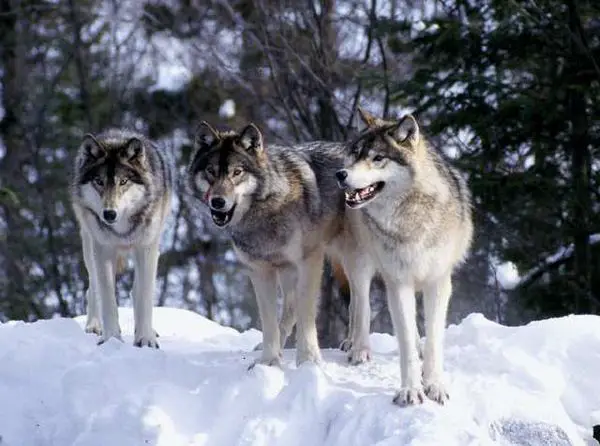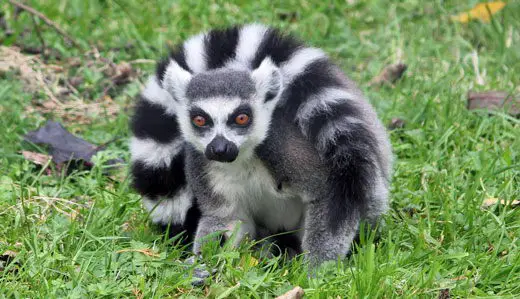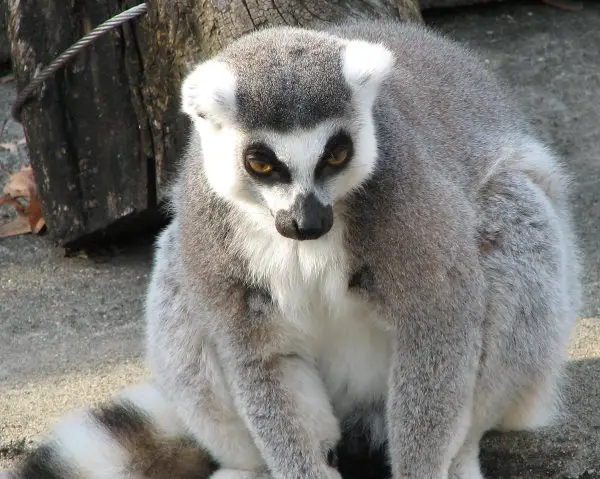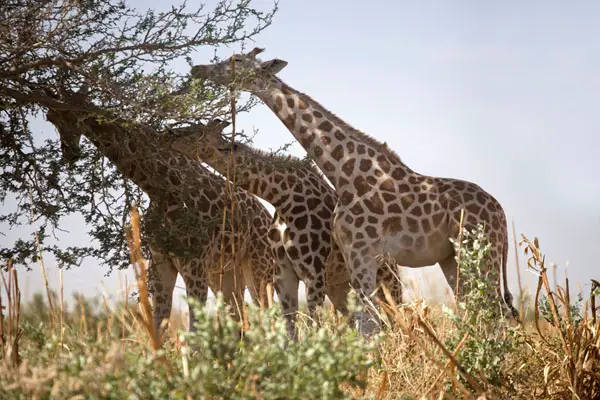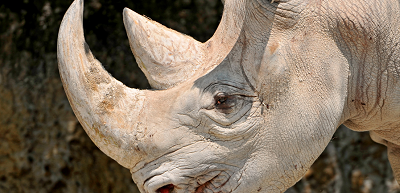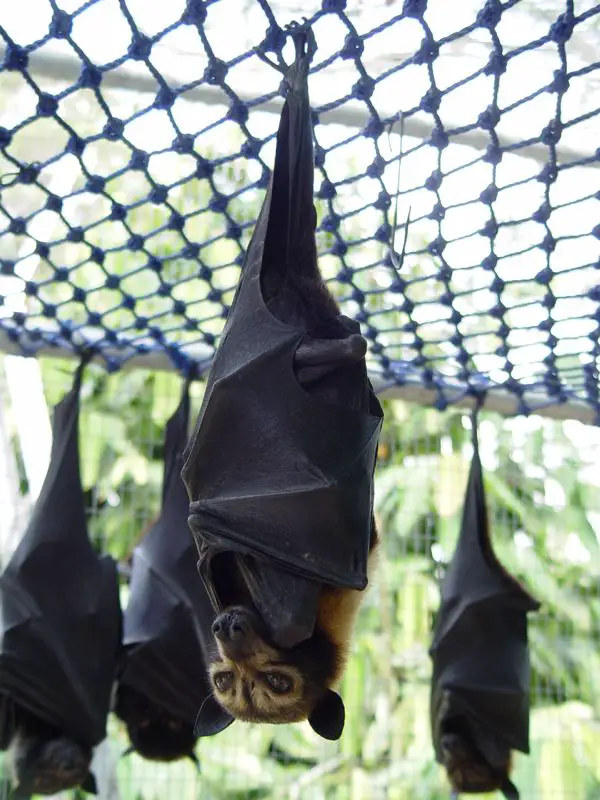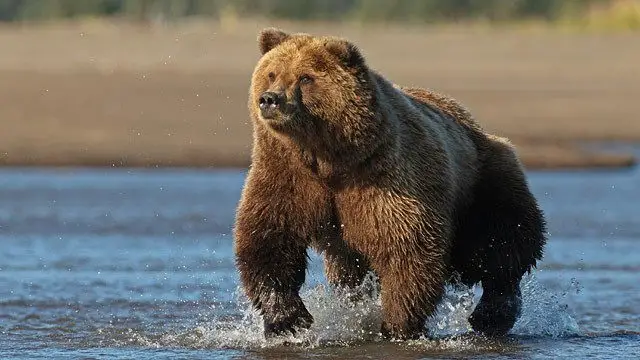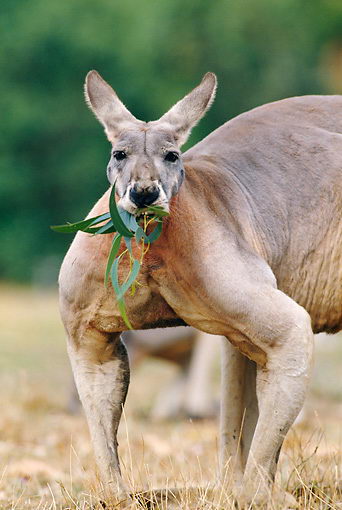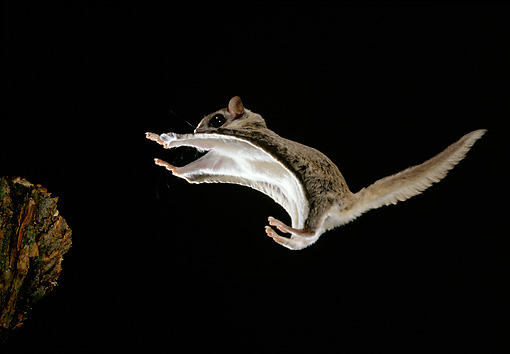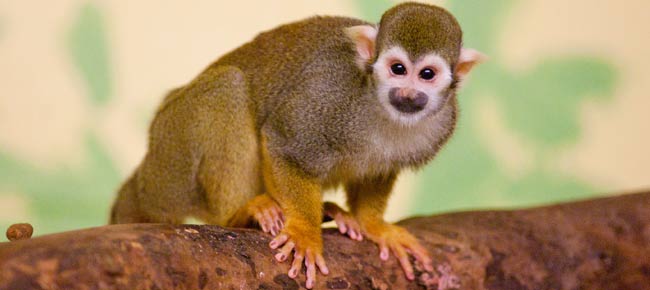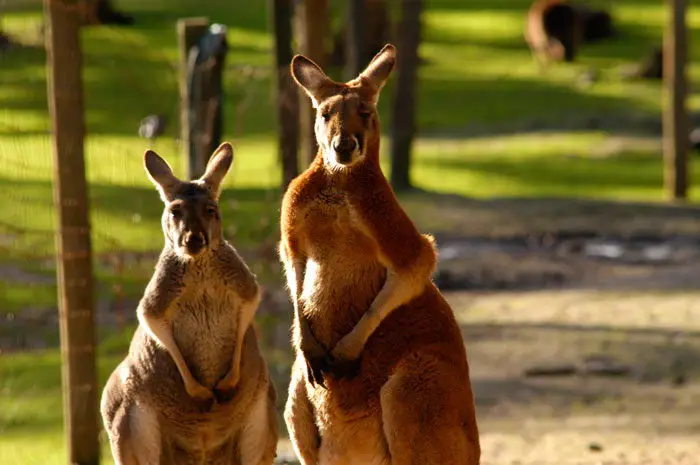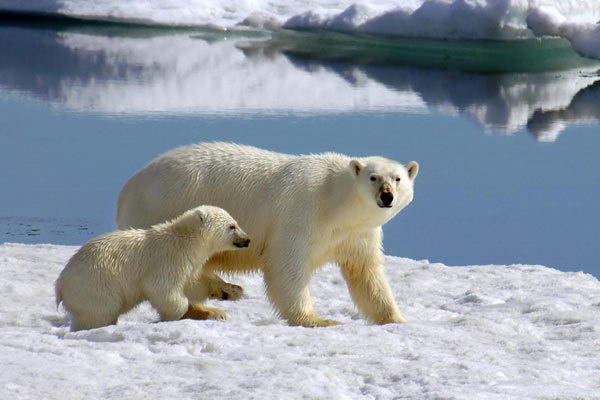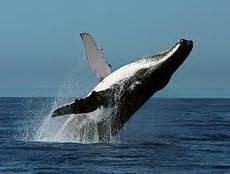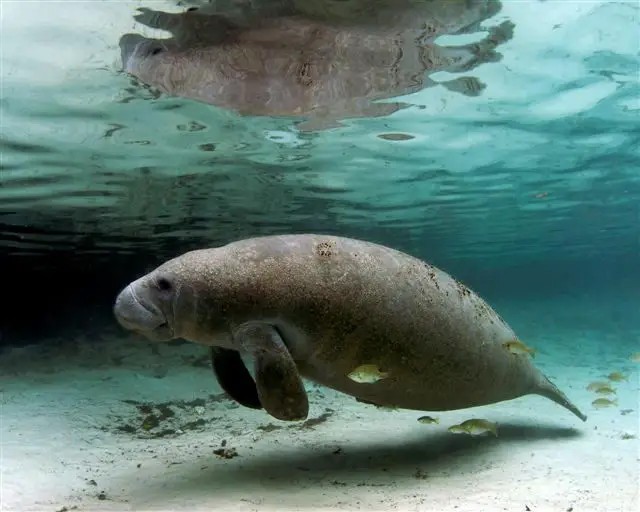Category: Mammals
Mammals are those warm blooded air-breathing vertebrate animals that are categorized by their hair, three middle ear bones, and the mother nurse their young ones with milk.
-
Where Do Wolves Live | Wolf Habitat and Distribution
Wolves are known to make homes in a wide variety of habitats such as forests, deserts, woodlands, tundra, and grasslands. Their habitat range is largely determined by the amount of prey available. As they fancy preying on ungulates so the given habitat must provide these medium sized mammals for a single pack of wolf. Sadly…
Written by
-
What Do Lemurs Eat | Lemur’s Diet
Lemurs are herbivores and they typically feed on plant foods such as pollen, leaves, seed pods, nectar, seeds, and fruits. They supplement their diet with some insects and other small vertebrates and invertebrates including birds’ eggs. The smallest lemur species typically rely on fruits and insects while the larger species are almost exclusively herbivorous. What…
Written by
-
Ring Tailed Lemur Facts | Arboreal Creatures
The ring tailed lemur (Lemur catta) is a large primate that is unique among lemurs precisely due to its long black-and-white tail. The lemur is a native animal of the island of Madagascar. It is found in the forests and scrubs in the southern range of the island. The ringtail stays active all day and…
Written by
-
What Do Giraffes Eat | Giraffes Diet
Giraffes are extremely large ruminants with high shoulders, long necks, slopping backs and two horns. They possess a long prehensile tongue. Giraffes make homes in a variety of habitats such as savanna and forest. They are found in sub-Saharan Africa. They feed the most during the early hours of the day or at dusk. Giraffes…
Written by
-
Rhino Facts For Kids | Heavy Ungulates
Rhinoceros (Rhinocerotidae) is a large and bulky ungulate with one or sometimes two horns on the snout, possessing three toes on each limb. They have a hairless body. Rhino’s horns often remind us of the typical horns of antelopes, cattle, or even a goat. They have a thick skin that varies between 0.5 and 1.8…
Written by
-
How Fast can a Grizzly Bear Run | Grizzly Bear Speed
Bears are lumbering animals as they typically move slowly and deliberately. Although they have stout limbs and plantigrade feet bears possess the ability to run fast. Each bear species has adapted itself to move on bare ground as well as on thick arctic sheet. Some of them are even fast enough to outrun a human…
Written by
-
Squirrel Monkey Facts | A Flying Monkey
Squirrel monkey belongs to the New World Monkey order and it is quite different from the Old World monkeys in that it has wide open nostrils that are open to the side. The squirrel monkey displays round head with large eyes facing forward. They are classified into two groups; Gothic (pointed) and Roman (rounded). Squirrel…
Written by
-
How Long do Polar Bears Live | Polar Bears Lifespan
Prominent among the family Ursidae is a polar bear that is adapted to a highly specialized semi-aquatic lifestyle. Although it is a bear yet it is listed as a marine mammal precisely due to the fact that it spends 50% of its life on ice floes and is able to swim as far as 90…
Written by
-
What Do Humpback Whales Eat | Humpback Whales Diet
Like baleen whales, humpback whales predominantly feed on crustaceans and krill such as copepods and Euphausia, small fish including capelin, sandeel, herring, and mackerel. They usually consume the concentrated masses of prey. Humpback whale eats 4,400 – 5,500 pounds on an average. What Do Humpback Whales Eat The whale has a generalist diet in that…
Written by
-
Manatee Facts For Kids | Herbivorus Marine Mammal
Manatee is a large aquatic mammal with nearly hairless body. It has a bulky body with herbivorous diet. It is the only aquatic mammal with herbivorous diet. Manatee makes its habitat in the tropical and subtropical estuarine in the Atlantic waters. Manatees are predominantly found in the southeastern United States, west coast of Africa, all…
Written by

